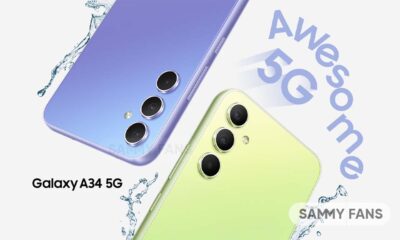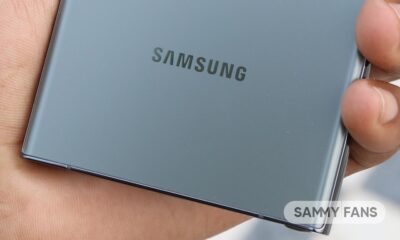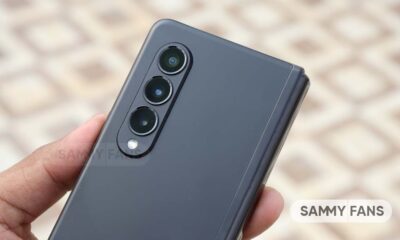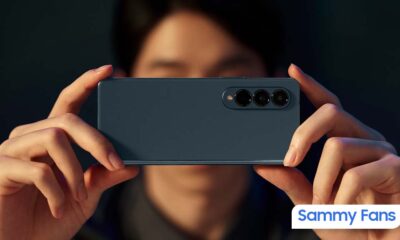Opinion
Stable OxygenOS 13 released but Samsung hasn’t surrendered
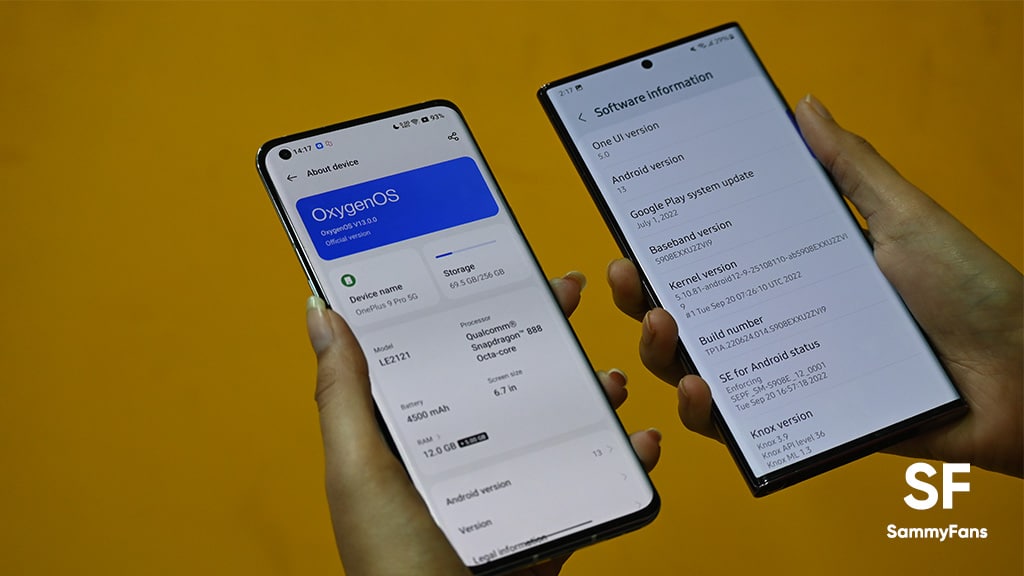
Samsung is still testing the Android 13-based One UI 5.0 Beta on Galaxy S22 and Galaxy S21 series devices. And similar to the last year, Samsung got defeated by OPPO & OnePlus in the race for the earliest Android-based custom skin shipment.
10 days ago, OPPO shipped the Stable Android 13-based ColorOS 13 upgrade to its most-recent flagship lineup – Find X5 series. And recently, OnePlus has also released the Stable OxygenOS 13 update, based on Android 13 OS, to the OnePlus 10 Pro flagship.
Join Sammy Fans on Telegram
It means, Samsung got defeated by not only Google (of course, there’s no competition), but Chinese Android vendors – OPPO and OnePlus have also rolled out the Stable Android 13 update for their flagship devices ahead of the Galaxy S22 series.
Follow Sammy Fans on Google News
Well, OnePlus managed to seed the Stable OxygenOS 13 update for its most recent flagship, but, what will happen with it next year, and then? No need to scratch the head, in case you are a true Samsung fan and OnePlus consumers are well aware of the future of so-called flagships.
Sell, forget
Yes, that is what the Chinese phone makers follow, just sell the product and forget about the support. No doubt, the OnePlus 10 Pro started to get the Android 13 Stable update in a very short time after the Pixel release. At the same time, there are a lot of examples of promises that are never fulfilled.

OnePlus 7 users crying for Android 12
Back in June 2019, OnePlus launched the OnePlus 7/7T series which includes a total of 4 models. These devices are packed with Snapdragon 855 chipset and Android 9 Pie operating system out of the box. OnePlus promised to deliver at least three major OS upgrades, which is becoming true as well but with tortoise speed.
In 2019, Samsung launched the Galaxy S10 and Galaxy Note 10 series devices that received the Stable Android 12 update earlier this year. Moreover, the company released another incremental upgrade – One UI 4.1 to these older flagships in the month of March.
OnePlus, on the other hand, started the Android 12 Beta program for the OnePlus 7 series device in early July to provide the OxygenOS 12 custom skin. The Open Beta program is available for consumers in limited countries, and the remaining are still running Android 11, while Google’s going to begin preparation for Android 14.
Samsung sold a huge number of Galaxy S10 and Note 10 series devices, which means the company has already deployed the Android 12 upgrade for millions of consumers worldwide. Meanwhile, OnePlus is just managing to become “first” for newer models and it’s already last for older ones!
Samsung should boost up Android deployment
Samsung is the king of the Android updates segment, even, though Google is far away with its “handful” of Pixel smartphones. The former plays a big role in the Android ecosystem by shipping the highest numbers of Galaxy devices, with support for up to 4 OS upgrades to flagships and select-mid-rangers.
Google’s still stuck on 3 OS upgrades for its Pixel flagships, while the security patch updates promise is the same as Samsung’s of five years. As the Korena tech giant is a leading smartphone brand with worldwide reach, it should further improve its Android development department for faster rollouts.
“At least, Samsung is not bias like vendors from China.”
Opinion
Android Updates War: Google’s Game-Changing Move to Outshine Samsung
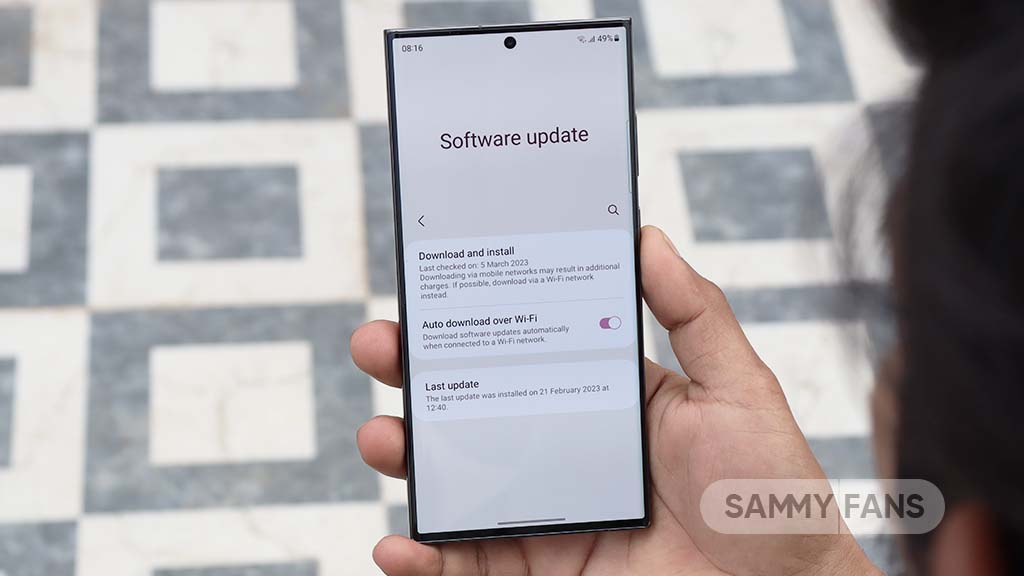
When it comes to Android updates, Samsung is leading the Android world. However, this could be the last day of Samsung’s leadership as Google is expected to double up its current Android updates support for Pixel smartphones launching today.
2020 was a remarkable year in Samsung’s history when the company extended Android updates support from two years to three. A few months later, the company extended the security support as well, totaling it to four years for flagship Galaxy devices.
Follow our socials → Google News | Telegram | X/Twitter | Facebook | WhatsApp
In 2022, Samsung launched the Galaxy S22 series, which offers four generations of OS upgrades. In its announcement, the company listed all flagships launched in 2021 and later along with select Galaxy A series smartphones for 4 OS and 5 years of security patches.
With this decision, the South Korean tech giant surpassed Google’s support policy, which owns Android. To be noted, Tensor-powered Pixel smartphones come with three years of Android and five years of monthly security updates support.
Today, Google will launch the Pixel 8 and Pixel 8 Pro smartphones. And as per the leaks, both phones will offer up to 7 years of software support, surpassing the longest support provided by Apple to its iPhones. Pixel 8 and later might be eligible for 7 major OS upgrades, which sounds a bit confusing.
There are speculations that there will be five major OS versions and 7 years of regular security patches and quarterly Pixel Feature Drops for the latest flagship smartphones. If it happens, it will force other Android vendors to further extend their support.
While Pixel phones are limited to support 3 major OS versions, Samsung is offering 4 generations of OS upgrades to cheaper Galaxy devices that costs approx $249. Samsung won’t take too long to beat Google yet again in terms of software support.
Let’s see, what Google has to offer to the Android world!
Opinion
Here’s why Samsung apps start getting One UI 6 support ahead of official release
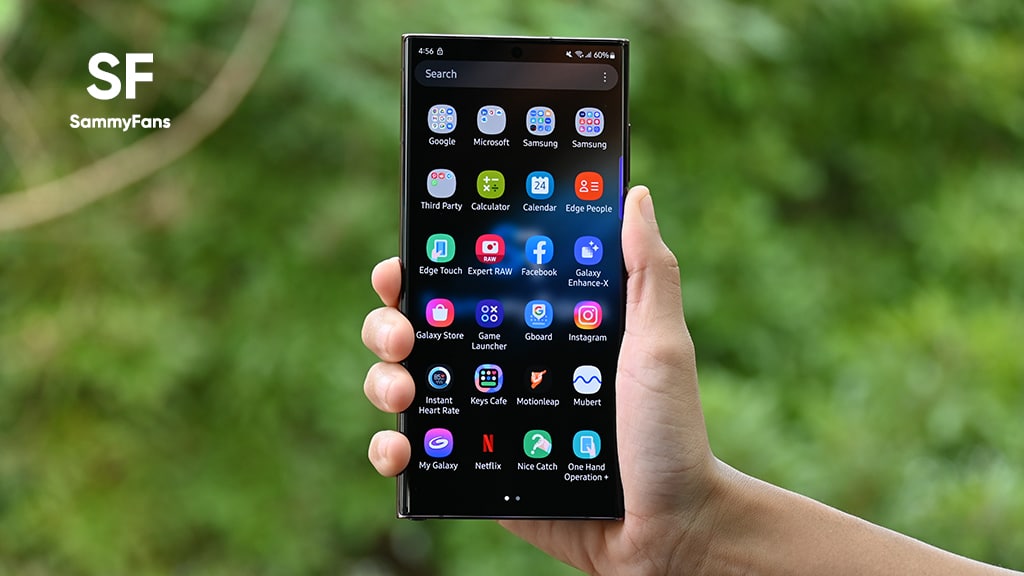
After One UI 5.1, we started hearing a lot of news, leaks, and rumors about the upcoming One UI 6. Recently, Samsung has also started releasing One UI 6.0 support for stock apps, starting with the Calculator app.
Looking at all this, we can expect that Samsung will provide this support to more apps in the future too. But the question is, why is Samsung providing One UI 6.0 support to its stocks apps before the official release? If you are thinking that by getting their support, you will get some new features in your apps, then it is not only the reason.
Samsung One UI 6.0 support can also bring new features for apps, but the main reason for this is something else. But what? The answer is that Samsung is going to release a new One UI update in the coming weeks or months and the company aims to make its stock apps compatible with that accordingly. Once the app is supported, the app will not stop working or get crash whenever the company releases that update for the smartphone.
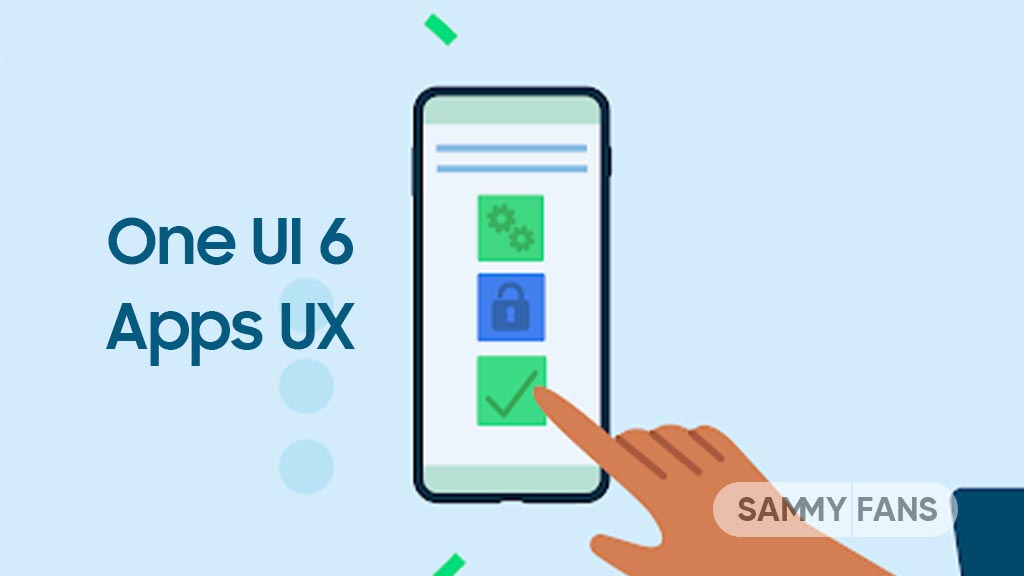
A recent report revealed that Samsung’s stable Android 14 update will be available in October. This is the same time frame as last year’s UI rollout, with the latest Galaxy S lineup being the first to secure it. Meanwhile, beta activity is seeing an early start if everything goes as planned by the internals.
Still, for the time being, we can consider this information as a pinch of salt as the company has not yet announced any official timeline for One UI 6.0.
Samsung confirms One UI 6 and Good Lock features finding underway
Opinion
Instead of Camera, Samsung should bring battery upgrade to flagships

Nowadays, smartphones are being heavily used for gaming and photography. Accordingly, phone makers are focussing more and more on upgrading the imaging capabilities and performance of chipsets. So why not, Samsung should now bring battery upgrade to Galaxy flagships.
Battery upgrade should be the next aim
The recently launched Galaxy S23 Ultra brings a high-profile 200-megapixel camera, allowing users to capture lossless shots, even when cropped. With great collaboration between hardware and software, the new Samsung flagships offer peace of mind to consumers, when it comes to battery life.
In addition to camera lovers, people prefer buying a smartphone, which offers great battery life without compromising features and power specifications. In the same way, Samsung is reportedly working, and there’s still room for improvements in flagships battery life.
The Galaxy S24 Ultra could come with a new battery technology inspired by electronic vehicles. The company is considering stacked battery technology for smartphones, which will reduce the size keeping the same mAh and enhanced lifespan.
Since the stacked battery tech could leave more gap inside the phone, Samsung might not think about increasing mAh on flagship phones. Instead, the company may use an additional vacant area for upgrading other hardware elements and better placement.
The S23 Ultra even defeated the years-old leader iPhone in terms of battery performance, thanks to the “Snapdragon 8 Gen 2 for Galaxy” processor. Exynos 2400 is reportedly coming to the S24 series in certain markets, which re-creates concern about the phone’s battery life and performance.
That said, Samsung should focus on increasing premium Galaxy phones’ battery life so users can use them longer with a single charge. 45W fast charging is doing quite well, just improvements to battery life would prove as cherry on the cake.
What do you think about it, do share your thoughts with us through the Tweet embedded below.
Vote here: https://t.co/tOfPTuWKX7
— Sammy Fans (@thesammyfans) May 5, 2023
Poll Results: May 12, 2023
We ran a poll that received 106 votes from our readers’ community. Among all, about 70 percent of readers voted in favor of a battery upgrade instead of the camera, while 23.6 percent want both upgrades together. Meanwhile, 6.6 percent of voters still want Samsung to focus on flagship camera upgrade.
Instead of Camera, Samsung should bring battery upgrade to flagships #Samsung
— Sammy Fans (@thesammyfans) May 5, 2023

